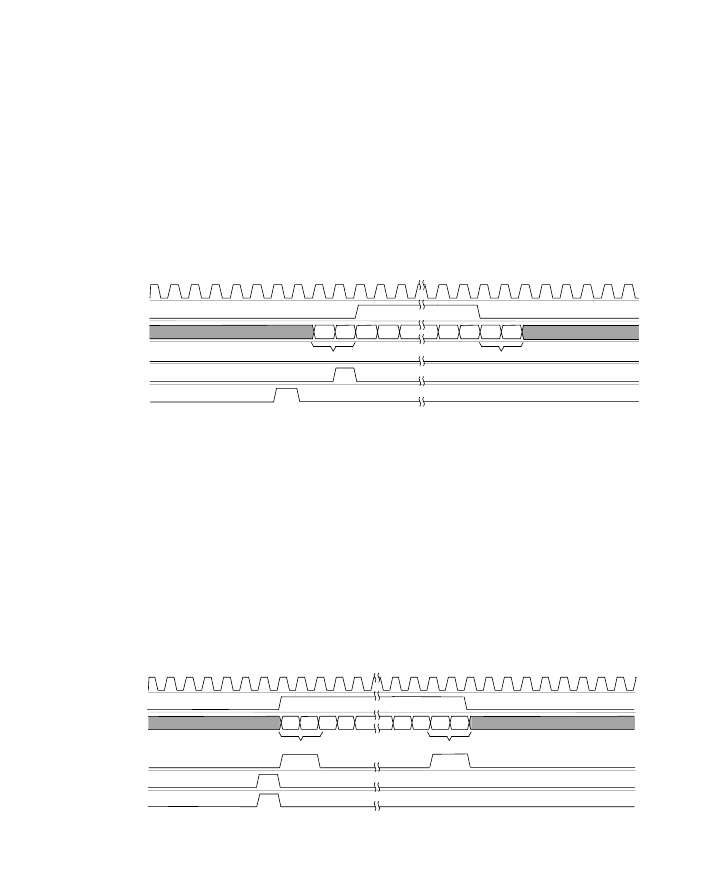- 您現(xiàn)在的位置:買(mǎi)賣(mài)IC網(wǎng) > PDF目錄365967 > TSB12LV26-EP 672-pin FineLine BGA PDF資料下載
參數(shù)資料
| 型號(hào): | TSB12LV26-EP |
| 英文描述: | 672-pin FineLine BGA |
| 中文描述: | 軍事增強(qiáng)塑料的OHCI -山貓基于PCI的1394主控制器 |
| 文件頁(yè)數(shù): | 69/106頁(yè) |
| 文件大小: | 605K |
| 代理商: | TSB12LV26-EP |
第1頁(yè)第2頁(yè)第3頁(yè)第4頁(yè)第5頁(yè)第6頁(yè)第7頁(yè)第8頁(yè)第9頁(yè)第10頁(yè)第11頁(yè)第12頁(yè)第13頁(yè)第14頁(yè)第15頁(yè)第16頁(yè)第17頁(yè)第18頁(yè)第19頁(yè)第20頁(yè)第21頁(yè)第22頁(yè)第23頁(yè)第24頁(yè)第25頁(yè)第26頁(yè)第27頁(yè)第28頁(yè)第29頁(yè)第30頁(yè)第31頁(yè)第32頁(yè)第33頁(yè)第34頁(yè)第35頁(yè)第36頁(yè)第37頁(yè)第38頁(yè)第39頁(yè)第40頁(yè)第41頁(yè)第42頁(yè)第43頁(yè)第44頁(yè)第45頁(yè)第46頁(yè)第47頁(yè)第48頁(yè)第49頁(yè)第50頁(yè)第51頁(yè)第52頁(yè)第53頁(yè)第54頁(yè)第55頁(yè)第56頁(yè)第57頁(yè)第58頁(yè)第59頁(yè)第60頁(yè)第61頁(yè)第62頁(yè)第63頁(yè)第64頁(yè)第65頁(yè)第66頁(yè)第67頁(yè)第68頁(yè)當(dāng)前第69頁(yè)第70頁(yè)第71頁(yè)第72頁(yè)第73頁(yè)第74頁(yè)第75頁(yè)第76頁(yè)第77頁(yè)第78頁(yè)第79頁(yè)第80頁(yè)第81頁(yè)第82頁(yè)第83頁(yè)第84頁(yè)第85頁(yè)第86頁(yè)第87頁(yè)第88頁(yè)第89頁(yè)第90頁(yè)第91頁(yè)第92頁(yè)第93頁(yè)第94頁(yè)第95頁(yè)第96頁(yè)第97頁(yè)第98頁(yè)第99頁(yè)第100頁(yè)第101頁(yè)第102頁(yè)第103頁(yè)第104頁(yè)第105頁(yè)第106頁(yè)

5
–
13
5.2.3
In this mode, when the link receives an isochronous packet that is addressed to it, the following sequence
of operations are performed:
Isochronous Packet Receive Without Header and Trailer
Step 1:
The packet router control logic will route the packet to the data mover. If the sync bit field
in the header quadlet matches a bit pattern in the ISYNCRCVN field of the isochronous port
register at 18h, DMPRE will be asserted high for one DMCLK cycle.
After the header is sent through, DMDONE will be asserted high for one DMCLK cycle.
DMRW is then asserted high as the data payload comes through.
After all data has been received on the DMD[0:15] lines, DMRW will be asserted low and
the trailer quadlet will then come out on the DMD[0:15] lines.
PKTFLAG is never asserted high in this mode. Figure 5
–
17 shows the timing diagram for this mode at
400 Mbps. Figure 5
–
17 shows the case where DMPRE is asserted high for one DMCLK cycle to indicate
that the sync bits of the received isochronous header matches the contents of the ISYNCRCVN field.
Step 2:
Step 3:
Trailer quadlet
Header quadlet
DMCLK
DMRW
DMD[0:15]
PKTFLAG
DMDONE
DMPRE
Figure 5
–
17. Isochronous Receive Without Header and Trailer
Isochronous Packet Receive With Header and Trailer
In this mode, when the link receives an isochronous packet that is addressed to it, the following sequence
of operations are performed:
5.2.4
Step 1:
The packet router control logic will route the packet to the data mover. If the sync bit field
in the header quadlet matches a bit pattern in the ISYNCRCVN field of the isochronous port
register at 18h, DMPRE will be asserted high for one DMCLK cycle. At the same time
DMDONE will be asserted high for one DMCLK cycle.
This is followed by DMRW asserted high as the packet comes through. PKTFLAG is only
asserted high when the header quadlet is being received.
After all the data payload has been received on the DMD[0:15] lines, PKTFLAG will be
asserted high again as the trailer quadlet is being received. Once the entire packet is
received, the DMRW line will be asserted low.
Figure 5
–
18 shows the timing diagram for this mode at 400 Mbps. Also, Figure 5
–
18 shows the case where
DMPRE is asserted high for one DMCLK cycle to indicate that the sync bits of the received isochronous
header matches the contents of the ISYNCRCVN field.
Step 2:
Step 3:
DMCLK
DMRW
DMD[0:15]
PKTFLAG
DMDONE
DMPRE
Trailer quadlet
Header quadlet
Figure 5
–
18. Isochronous Receive With Header and Trailer
相關(guān)PDF資料 |
PDF描述 |
|---|---|
| TSB12LV22PZP | OHCI-Lynx PCI-BASED IEEE 1394 HOST CONTROLLER |
| TSB12LV26PZ | OHCI-Lynx PCI-BASED IEEE 1394 HOST CONTROLLER |
| TSB14AA1 | FPGA (Field-Programmable Gate Array) |
| TSB14AA1I | FPGA (Field-Programmable Gate Array) |
| TSB14AA1T | FPGA (Field-Programmable Gate Array) |
相關(guān)代理商/技術(shù)參數(shù) |
參數(shù)描述 |
|---|---|
| TSB12LV26IPZT | 功能描述:1394 接口集成電路 OHCI-Lynx PCI-Based Host Controller RoHS:否 制造商:Texas Instruments 類型:Link Layer Controller 工作電源電壓: 封裝 / 箱體:LQFP 封裝:Tray |
| TSB12LV26IPZTEP | 制造商:Texas Instruments 功能描述:1394 I-TEMP OHCI-LYNX PCI-BASED IEEE 1394 HOST CONTROLLER - Rail/Tube |
| TSB12LV26PZ | 制造商:TI 制造商全稱:Texas Instruments 功能描述:OHCI-Lynx PCI-BASED IEEE 1394 HOST CONTROLLER |
| TSB12LV26PZT | 功能描述:1394 接口集成電路 OHCI-Lynx PCI-Based Host Controller RoHS:否 制造商:Texas Instruments 類型:Link Layer Controller 工作電源電壓: 封裝 / 箱體:LQFP 封裝:Tray |
| TSB12LV26PZTG4 | 功能描述:1394 接口集成電路 OHCI-Lynx PCI-Based IEEE1394 Host Cntrlr RoHS:否 制造商:Texas Instruments 類型:Link Layer Controller 工作電源電壓: 封裝 / 箱體:LQFP 封裝:Tray |
發(fā)布緊急采購(gòu),3分鐘左右您將得到回復(fù)。